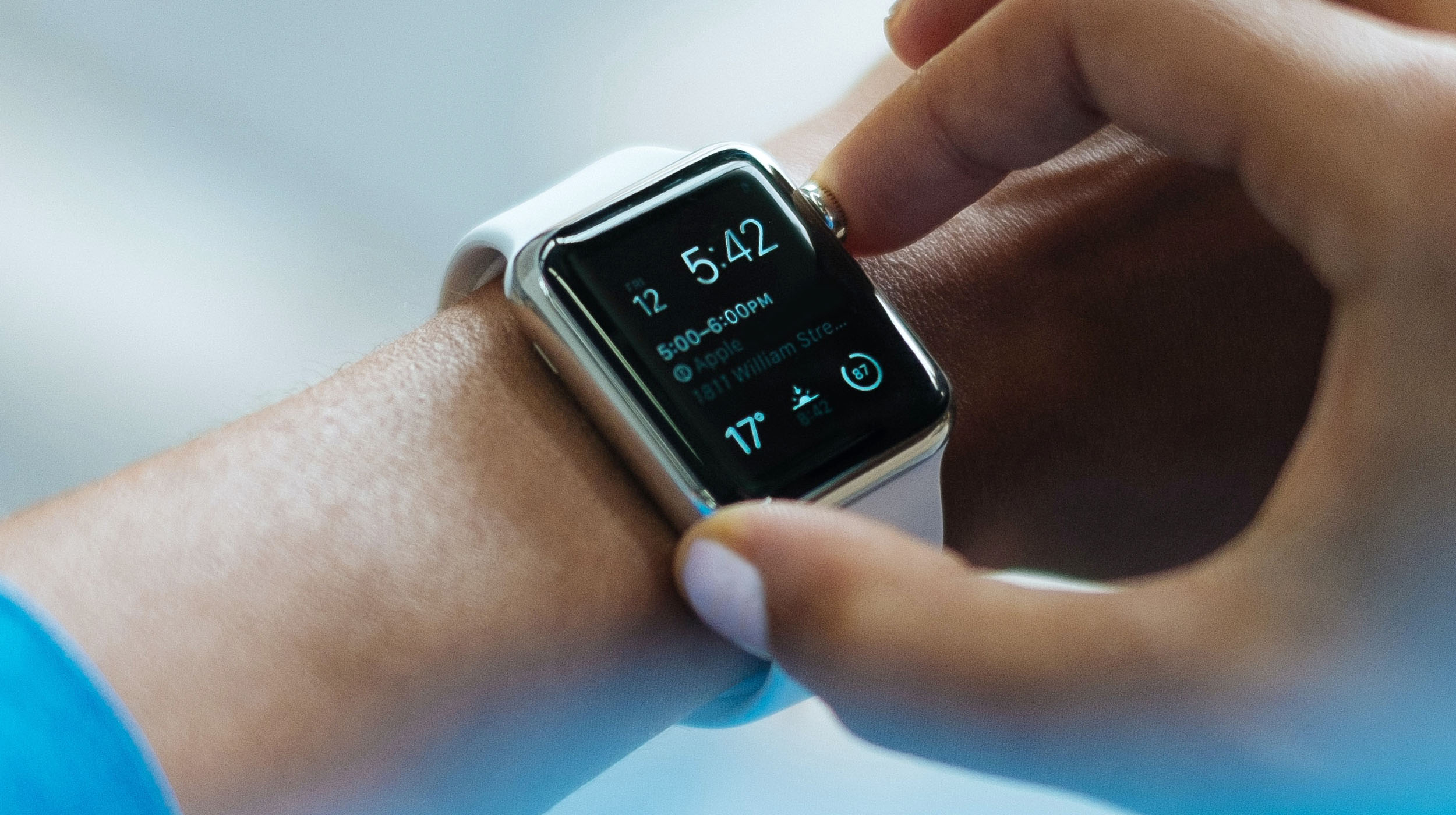A striking new ad draws criticism and praise
Let’s assume you don’t own an Apple Watch and have never seriously considered buying one. Or perhaps you’ve ogled the item from afar but decided you’ve got better things to spend your money on. Would Apple’s new “911” commercial change your mind?
The company is betting that it could. In the space of a minute, the ad plays sound footage from three actual life-or-death emergencies—a woman trapped in a car, water up to her neck; a paddle-boarder swept out to sea; a farmer with a badly fractured leg after a 21-foot fall. There’s no gore and you never see the callers, but the suspense is almost unbearable. Finally, the payoff message appears: “With the help of their watch, Jason, Jim and Amanda were rescued in minutes.” Whew!
The message couldn’t be more clear: Danger is all around. An Apple Watch can save your life.
Since the ad’s release in December, the buzzosphere has lit up with chatter from journalists, ad mavens, academics and consumers. Some have praised its edge-of-the-seat intensity; others have been put off by it. Writing on iMore.com, Joe Wituschek said the ad was “all about peace of mind.” Daisy Maldonado reported that “some people think it’s one of the best commercials of all time.” But Gizmodo’s Jody Serrano wasn’t sold: “Was there really no other way to try to sell the Series 7…than by trying to scare people into buying it?” she wondered. Writing on The Verge, Sean Hollister accused Apple of “edging into shady insurance salesman territory.”
Some critics have picked at what they consider the omission of a key disclosure—that the watch’s life-saving attributes depend on purchasing GPS and a cell plan. Without those options, you’ll be able to measure your vital signs and take great pictures—but if you’ve fallen into a well, don’t count on getting through to rescuers. Nor is Apple the first company to equip a watch with emergency communication capabilities. Breitling, for one, came out with a watch with a built-in emergency microtransmitter in 1995.
As we see it, carping about product features misses the point. You may find the ad “brutal,” “shameless,” or “exploitative” – all adjectives that have been applied to it. Or you may view Apple’s messaging as powerful and persuasive. Either way, it tells a compelling story you won’t look away from or easily forget—which is what effective advertising is about.




